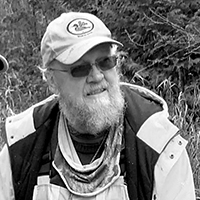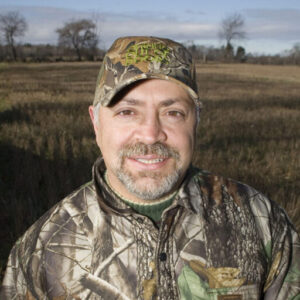Rattling may be the most misunderstood and underused tool available to deer hunters. Rattling mimics the sound of two bucks sparring over a doe, or out of aggression. There are many artificial and natural options a hunter can use to mimic this sound. Let’s examine the pluses and minuses of each style of rattle and examine some of the top hunting techniques to use with them. Natural antlers There is no doubt that real buck antlers create a very natural sound. Clashing two natural buck antlers together creates a hollow, sharp, authentic sound that carries for a long way. The downside of natural antlers is some hunters don’t have excess antlers to use. Hunters often have antlers mounted or displayed. If you have spares, I recommend a small set, like a basket rack six-or-eight-point buck, as opposed to a large set. The sound of the smaller rack is less likely to spook younger buck but will still fire up a monarch. For safety, carry real antlers (or convincing fakes) inside your pack until in a hunting position. On public land, add some blaze orange tape to the antlers. Fakes Rattle bags: I like rattle bags a lot as they are compact, light, and less awkward than real or plastic/resin antlers. Antler bags contain small sticks made of plastic or wood. Rolling the bag in your hand with alternating hard and soft pressure creates a surprisingly lifelike sound. Larger bags can be loud, and I’ve seen them spook smaller bucks. Wrap a rubber band around them when you are walking or stalking. Look-alikes: Plastic and resin rattling antlers are clashed together like real antlers. Some are made to look ultra-realistic, others not so much. Some companies build artificial antlers to imitate two pairs of antlers (dueling bucks) , which is a much louder and fuller sound. Rack-n-roll: One rattling tool of note is the Primos Rack-N-Roll (around $35), a knobby, hard-plastic device that you can strap to your leg or a tree. You rub another knobby plastic piece that’s attached to a small bungee against the larger piece. This provides a one-handed way of rattling, which can be handy when a buck is near. It also creates quite a realistic sound. When to rattle There is no wrong time to rattle. I’ve heard and seen bucks tangling in September and well into December. However, the peak period for rattling would be
Please log into your OFAH Community account to access this content. Not an OFAH member or Ontario OUT of DOORS Subscriber? Follow the links below to join or subscribe and gain access to exclusive online content.






Contact Information
PO Box 2800 / 4601 Guthrie Dr.
Peterborough, Ontario Canada K9J 8L5
Phone: 705-748-OFAH (6324)
Fax: 705-748-9577
Join Our Newsletter
Watch
Shop
Follow